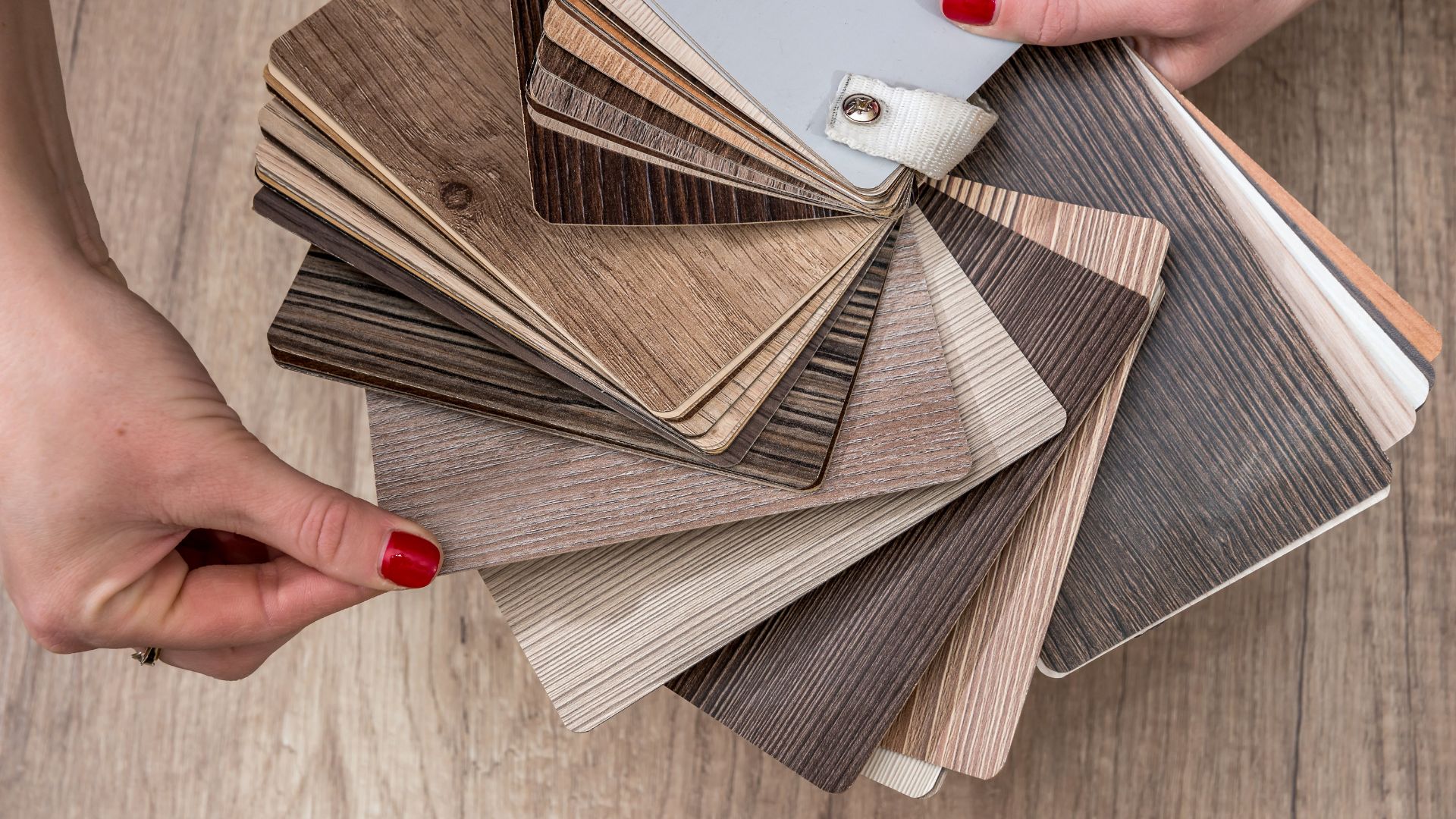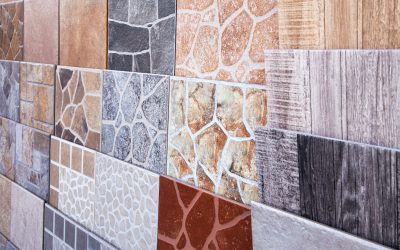When it comes to choosing the right flooring for your home or business, there’s a lot to consider. From cost and durability to aesthetics and installation, the decision between hardwood and laminate flooring can feel overwhelming. This guide aims to provide an in-depth comparison of these two popular flooring options to help you make an informed decision.
Types of Hardwood and Laminate Flooring
There are various types of both hardwood and laminate flooring, each offering unique benefits and drawbacks.
Hardwood Flooring
Different wood species such as oak, maple, and cherry provide varying degrees of hardness, durability, and color. For instance, oak is highly durable and offers a wide range of colors, while cherry has a rich, dark color but is softer.
Laminate Flooring
Laminate comes in many forms, including high-gloss, distressed, and embossed, to mimic the look of natural wood. The thickness of the laminate can also impact its durability and feel.
Pros and Cons of Hardwood vs Laminate Flooring
Every flooring option has its pros and cons, and understanding these can make your decision easier.
Hardwood Flooring
Pros:
- Natural, high-quality look
- Can be refinished multiple times
- Durable if properly maintained
- Increases home value
Cons:
- More expensive upfront
- Requires regular maintenance
- Susceptible to water damage
- Can be scratched or dented
Laminate Flooring
Pros:
- More affordable
- Scratch-resistant
- Easy to install (DIY-friendly)
- Good for high-traffic areas
Cons:
- Cannot be refinished
- Less natural-looking
- Lower lifespan than hardwood
- Can be affected by moisture
Installation Process for Hardwood and Laminate Flooring
The installation process can significantly impact the overall cost and timeframe of your flooring project.
- Hardwood Installation: This requires a subfloor and is often a job for professionals. The process can be lengthy, especially if you opt for unfinished hardwood that needs sanding and finishing on-site.
- Laminate Installation: Often, homeowners can install laminate themselves. It’s a less time-consuming process that usually involves a click-lock design, allowing the laminate panels to be easily fitted together.
Cost Comparison Between Hardwood and Laminate
Cost is a significant factor for most homeowners. Hardwood flooring is generally more expensive both in terms of material and installation. However, it can add more value to your home and has a longer lifespan if properly maintained. Laminate, on the other hand, is a cost-effective flooring solution, although it may need to be replaced sooner than hardwood.
Environmental Impact of Hardwood vs Laminate
Eco-friendly alternatives are becoming increasingly popular in the flooring industry. While hardwood flooring is made from natural materials, it’s important to source it from suppliers that follow sustainable practices. Laminate, although a man-made product, has less impact on natural resources but can pose challenges when it comes to disposal due to its synthetic nature.
Repairing and Refinishing Hardwood and Laminate Flooring
Over time, all flooring types will show signs of wear and tear. Hardwood can be refinished several times, removing scratches and dents and restoring its original appearance. Laminate, on the other hand, cannot be refinished. Damaged laminate panels need to be replaced, which can be easier due to the click-lock design.
Latest Innovations and Trends in Hardwood and Laminate Flooring
Stay up-to-date with the latest trends in both hardwood and laminate flooring. Look for innovations such as waterproof laminate flooring or engineered hardwood that combines a real wood top layer with a plywood base for added durability.
Hardwood and Laminate Flooring in Various Rooms
The best flooring type often depends on the room. For example, high-traffic areas like kitchens or playrooms may benefit from the durability of laminate flooring. However, living rooms and bedrooms can gain a touch of elegance with natural hardwood. Consider factors such as moisture levels, foot traffic, and room usage when choosing the right flooring.
Local and Global Suppliers of Hardwood and Laminate Flooring
It’s crucial to provide information on where consumers can buy these products. Mention local suppliers for those wanting to physically see and touch the products, and online suppliers for those who prefer the convenience of online shopping.
Conclusion
The decision between hardwood and laminate flooring depends on your personal needs, budget, and aesthetics. Both options have their own set of advantages and drawbacks, but by considering the factors listed above, you can find the best solution for your space.
This guide is here to provide all the necessary details to make an informed decision, but don’t hesitate to reach out to a local flooring professional or supplier for more personalized advice. With the right information and assistance, you’ll soon enjoy the perfect flooring that complements your home or business and serves you well for years to come.





